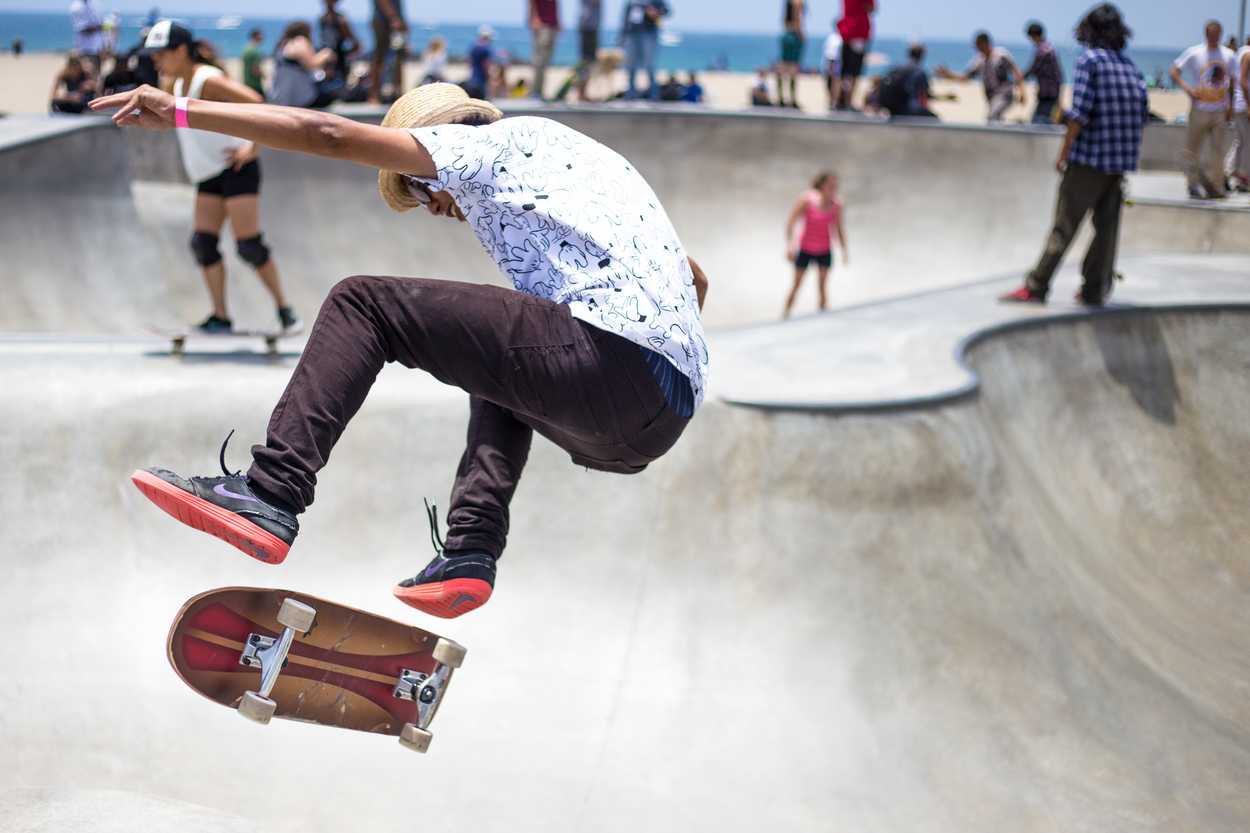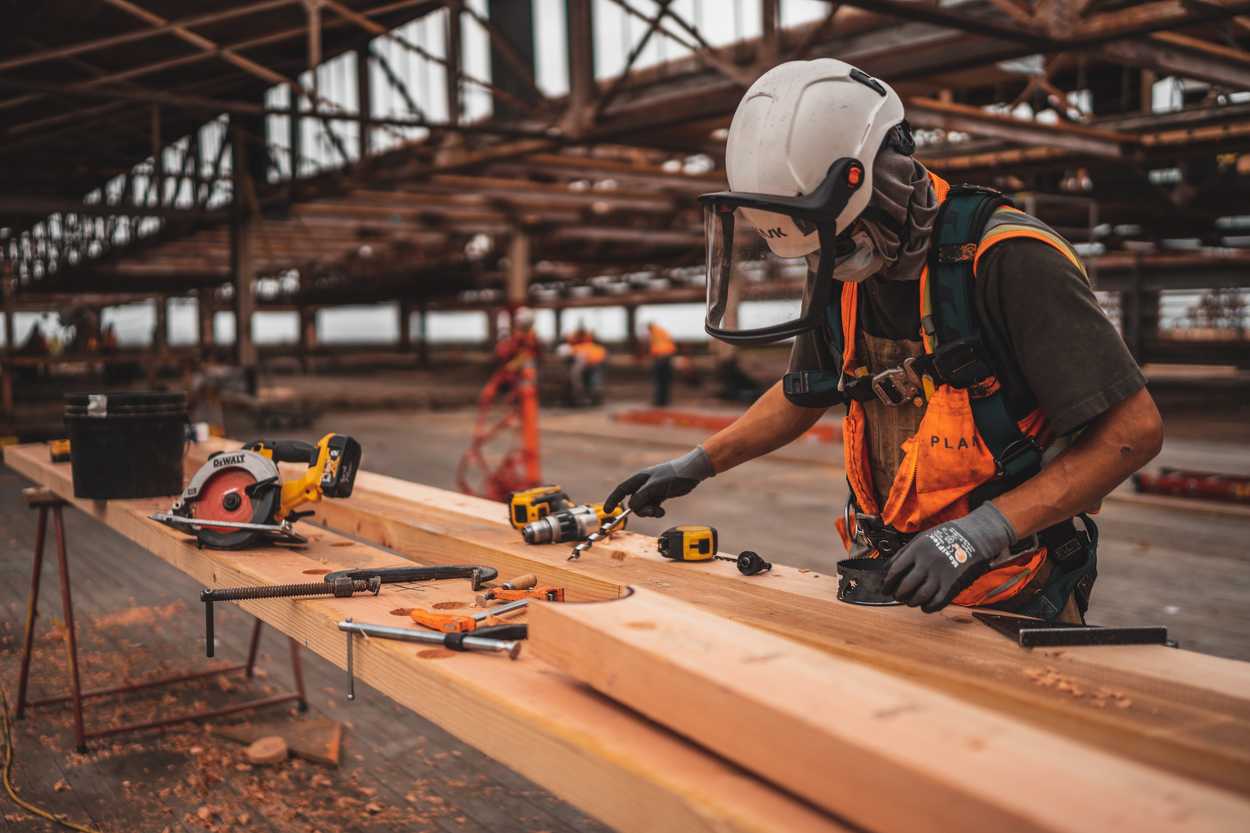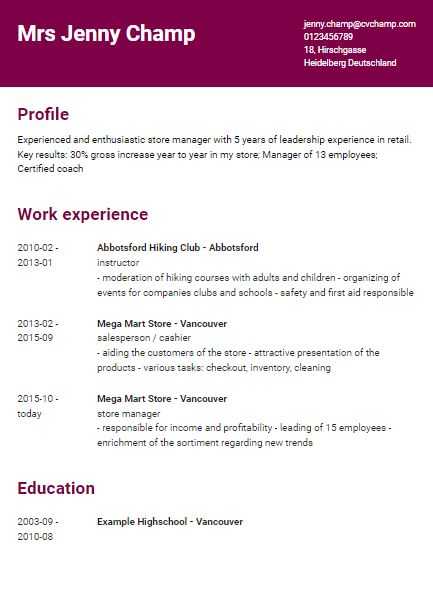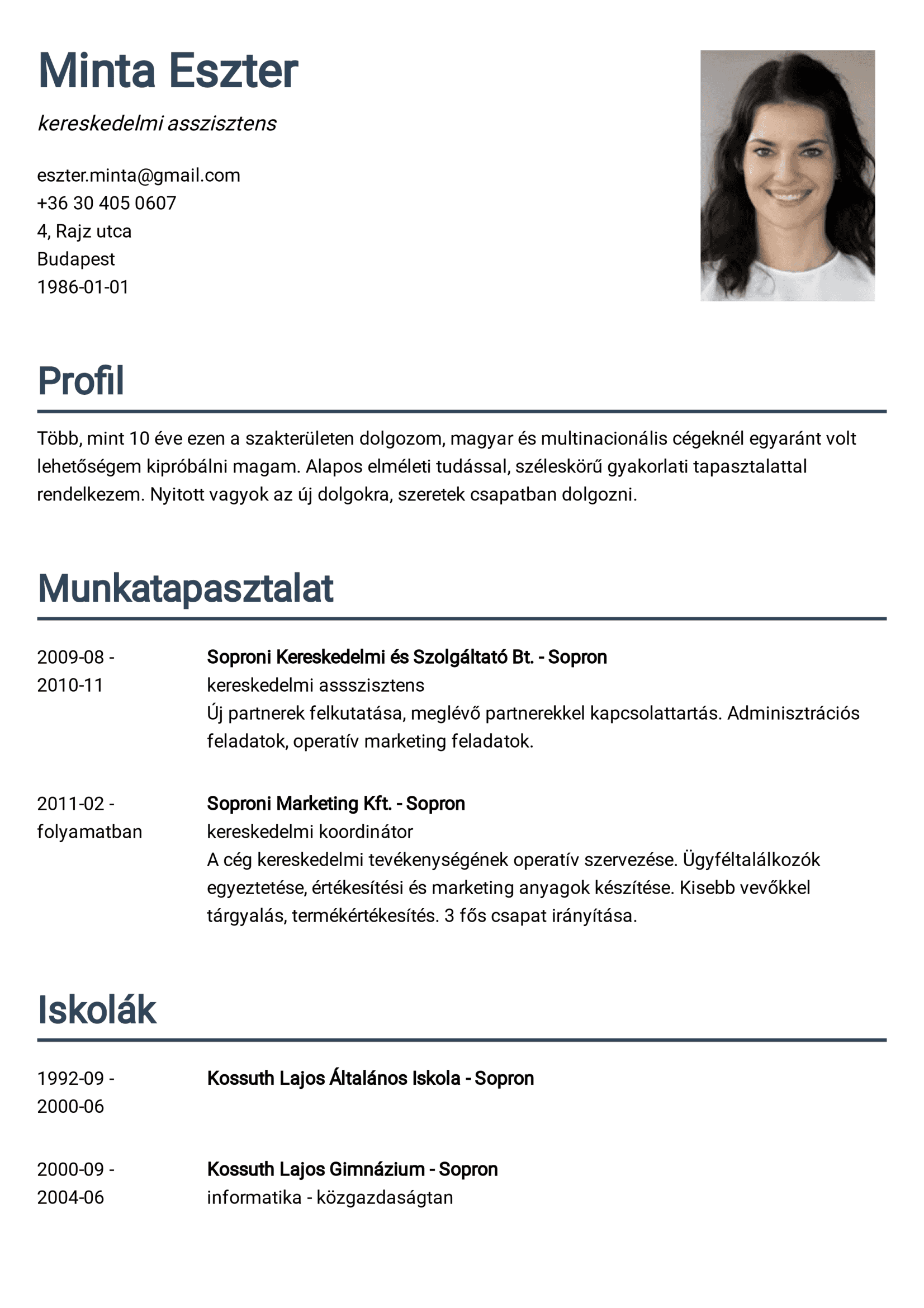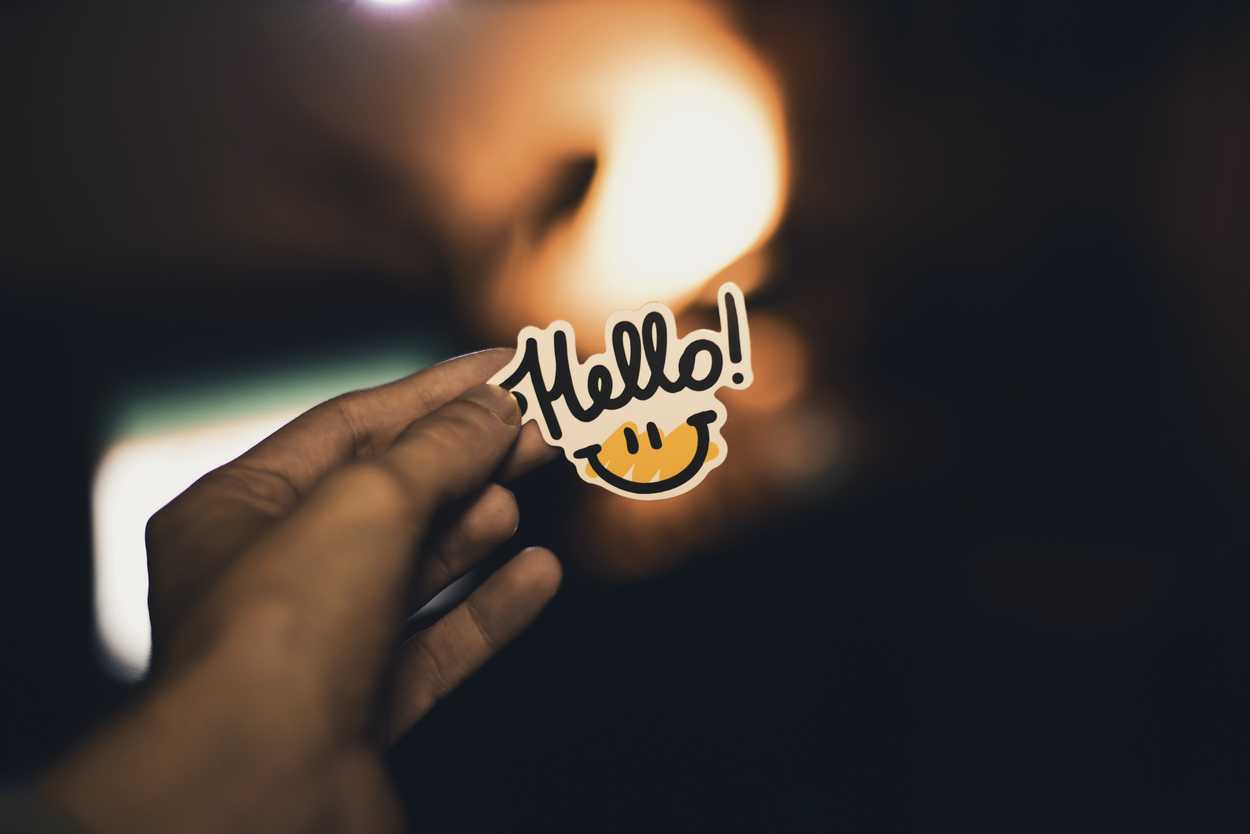
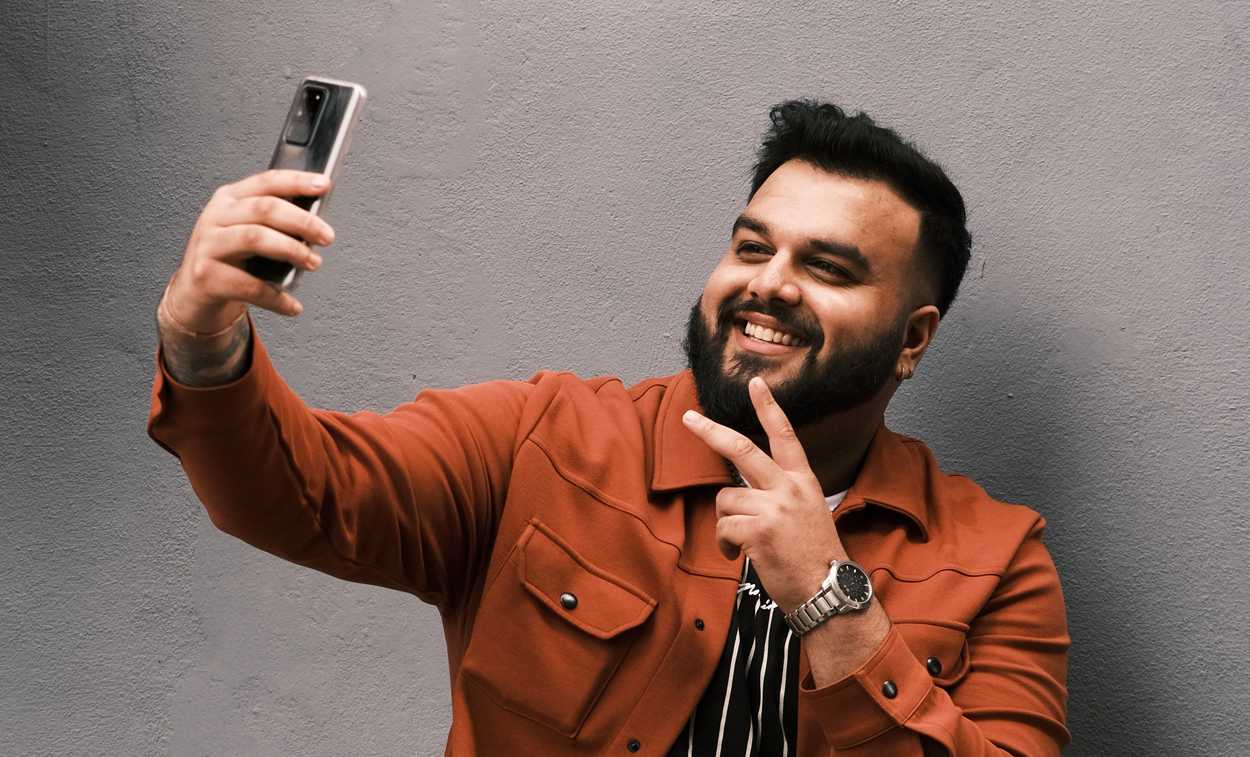
Photo on CV - how do I take a good picture of myself?
In this article, we have collected the most important things to know about the photo on your CV. The first thing most people notice on a CV is the photo, so it's crucial to use a well-taken photo and make a positive first impression.
What clothes should I wear?
It is recommended to choose clothes that meet the requirements of the job you are applying for and the culture and dress code of the workplace. What exactly does this mean? It means that a zoo keeper wearing a suit is as strange as a bank manager wearing a safety helmet. In general, modest, elegant, clean and simple clothing is the right choice. When choosing colors, it is a good idea to use colors that look good and enhance your skin tone, such as sky blue, grey or black. Avoid excessive decorations, patterns or extreme clothing.
What should be the background of the photo?
The background of the photo also plays an important role in the first impression. The best choice is a surface with a plain and simple background, such as a white or grey wall. It is important that there are no distracting elements in the background to draw attention away. The photo should be all about us, we should be the focus of attention. If you can, don't crop a photo of yourself from your theme park experience last year, with a Ferris wheel in the background, and choose something else rather than palm tree wallpaper. Of course, the rule here is that the background should fit the job. There's nothing wrong with a photo of a lifeguard on the waterfront, but the same image will make a negative impression when applying for a legal job.
Illumination
If possible, find a well-lit location with natural light. If not possible, you can take the photo in artificial light, as long as your face is clearly visible.
Distance
Take the photo so that your shoulders and head are visible in the picture. If you're applying for a job where it's important, you can of course take a full body photo of yourself. The point of the photo is you, so try to stand close enough to the camera to fill the space without leaving a lot of unnecessary space around you.
Position
Try not to hold your shoulders perpendicular to the camera, but turn your body slightly away from this direction, so that only your head is perpendicular to the camera.
Avoid overdoing it!
As with your clothing, try to keep your accessories modest. Too much jewellery, excessive make-up can all give a negative impression of you. Smile, but don't overdo it either! You don't have to stare gloomily into the camera, but you won't get the desired effect with a huge grin.
Image size, shape
The standard ID photo is 3.5x4.5cm, it is useful to use a photo of this scale in your CV. You can use a circular photo if it fits in with the design of your CV, but a rectangular photo will look good in a traditional CV. Use a coloured photo, at a resolution that will be clearly visible when printed, not just a blurry blob. Take particular care when cutting your photo from an existing photo for your CV to ensure that the resolution is still high enough after cropping.
Other recommendations
Don't take a photo of yourself the morning after the party of the year. Be rested and avoid trying to take the perfect photo with red eyes. Don't use a photo that's too old! It's awkward when they're waiting for the person in your photo from 10 years ago and you're about to start the interview with a surprise.
If you follow the advice above, you're sure to get a great photo on your CV and make a positive first impression when applying.


